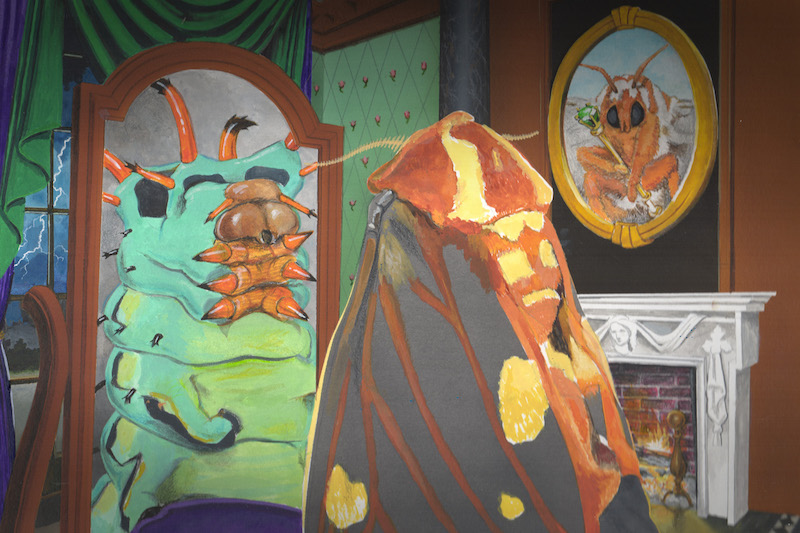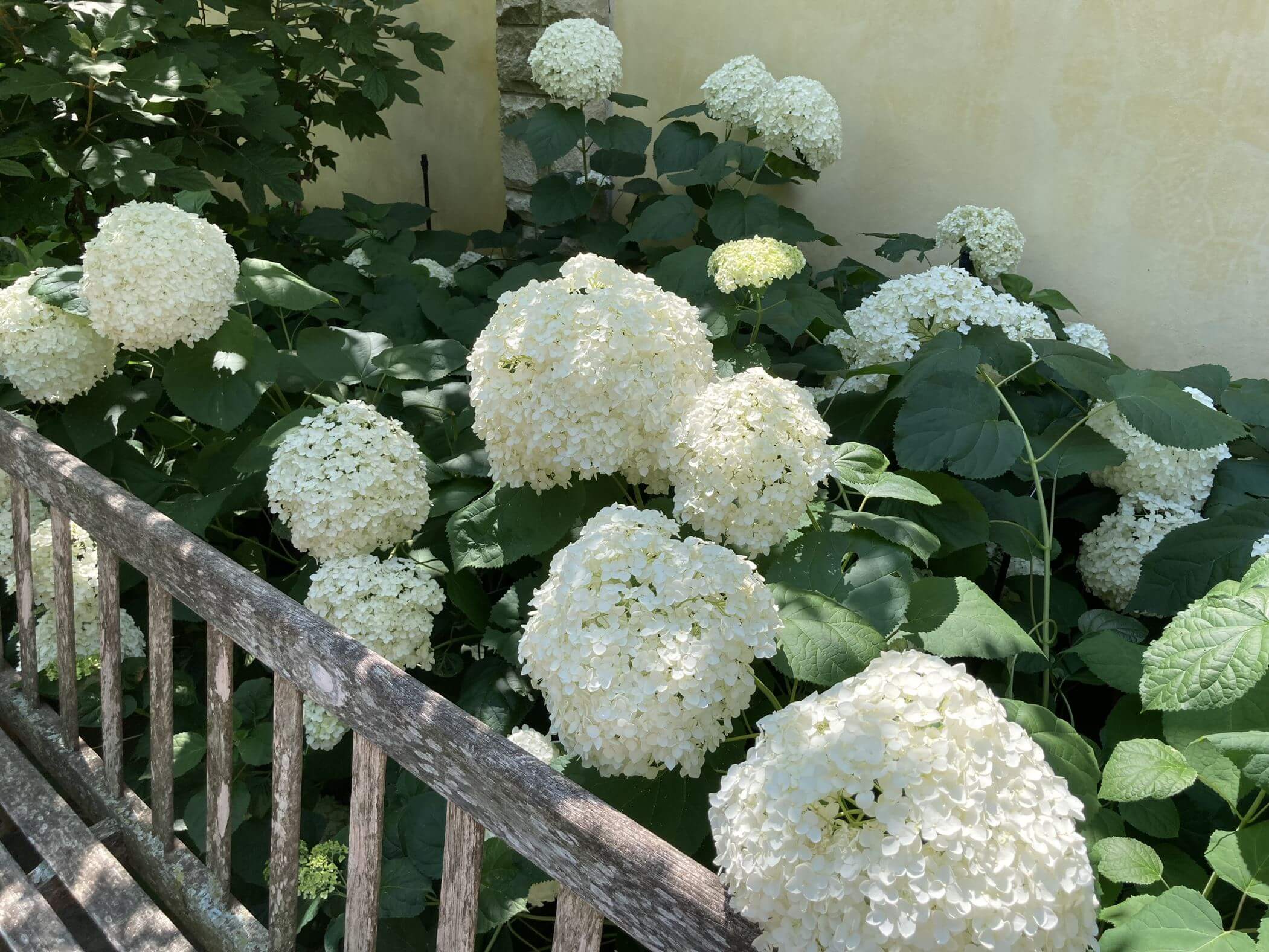The holiday season is officially upon us. After a huge turkey dinner, many families begin decorating their homes. For many, the Christmas tree is the centerpiece of decorating and more and more people are choosing live trees.
While a tree can be festive and fun, University of Georgia Cooperative Extension has several considerations for consumers to be mindful of when choosing one for their homes. In Georgia, there are a number of native-grown trees available for purchase, including Fraser fir, Leyland cypress and red cedar.
Fraser fir has all the qualities of an excellent Christmas tree, such as fragrance, good needle retention and freshness. Its strong limbs also hold ornaments well.
Many people prefer red cedar because it is the traditional southern Christmas tree. Redcedar has a nice fragrance, but its flexible limbs will not support many or heavy ornaments. Redcedar may dry rapidly in a warm house if it is not watered well.
Leyland cypress is a relative newcomer in the Christmas tree market. It has a lighter green color than redcedar and has soft flexible limbs. It also has a very attractive shape. Like redcedar, Leyland cypress dries rapidly in a warm house.
Before setting out to get a tree, first decide where in your home the tree will be located. This will help you decide what size tree to buy and whether all sides of the tree will be displayed. Looks can be deceiving. If you don’t measure the height of your ceiling, you may be forced to make some hacksaw adjustments that can leave your tree looking less than desirable.
Consumers have three choices when purchasing a live Christmas tree. They can go to a retail lot where harvested trees are available, buy a “balled and burlapped” tree, or choose and cut a tree themselves.
When selecting a tree at a retail lot, care is needed to ensure the tree is fresh. The most effective way for a buyer to evaluate the freshness of a cut tree is by how firmly the needles are attached to the branches. To test this, lightly grasp a branch of the tree and gently pull the branch and needles through your hand. If the tree is fresh, very few needles will come off.
If you are cutting your own tree, inspect the tree for discolored or easily shed needles.
“Balled and burlapped” trees are sold with their roots intact so that they can be replanted after the holiday season.
A cut Christmas tree can last the entire holiday season without becoming excessively dry or shedding large amounts of needles if it is fresh when purchased and is given proper care. Be sure to place the tree in water as soon as possible and keep it out of direct sunlight as much as possible. If the tree has been cut within six to eight hours it is not necessary to retrim the trunk. If the tree was cut more than a day before you purchased it, trim a 1 to 2 inch piece off of the trunk to ensure continued quality.
A freshly-cut Christmas trees will absorb a large amount of water within the first week. Therefore, check the water level frequently at this time. While there are many home remedies and commercial products available to keep a tree fresh, research shows that plenty of plain water works best. The water level should never fall below the cut end of the stump.
To prevent an accident, place your tree away from space heaters, fireplaces and wood stoves. Electric lights and extension cords should be thoroughly checked for safety and defects prior to use. Frayed wires, broken sockets or loose connections can all be a fire hazard. Do not leave tree lights on while the tree is unattended. If you have small children or indoor pets, keep them in mind when trimming the tree.
With a little planning and preparation, live Christmas trees can add a festive feel to your home during the holiday season.

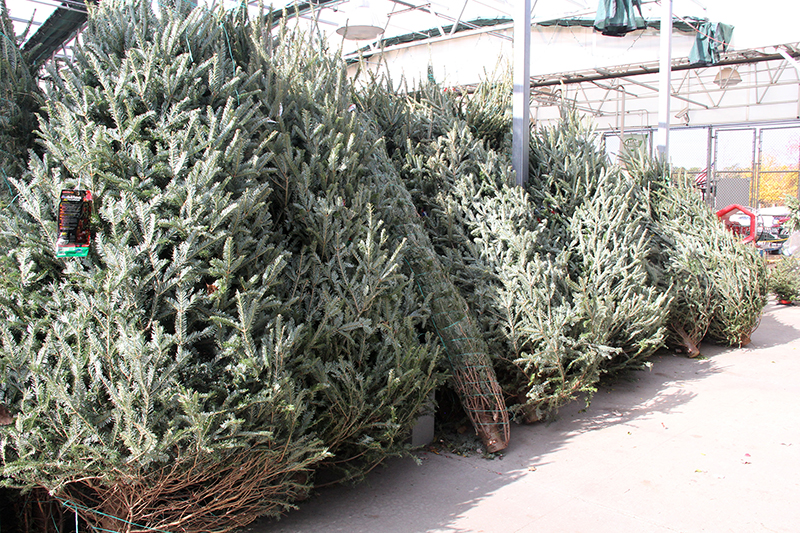
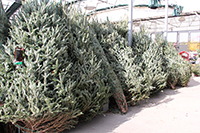

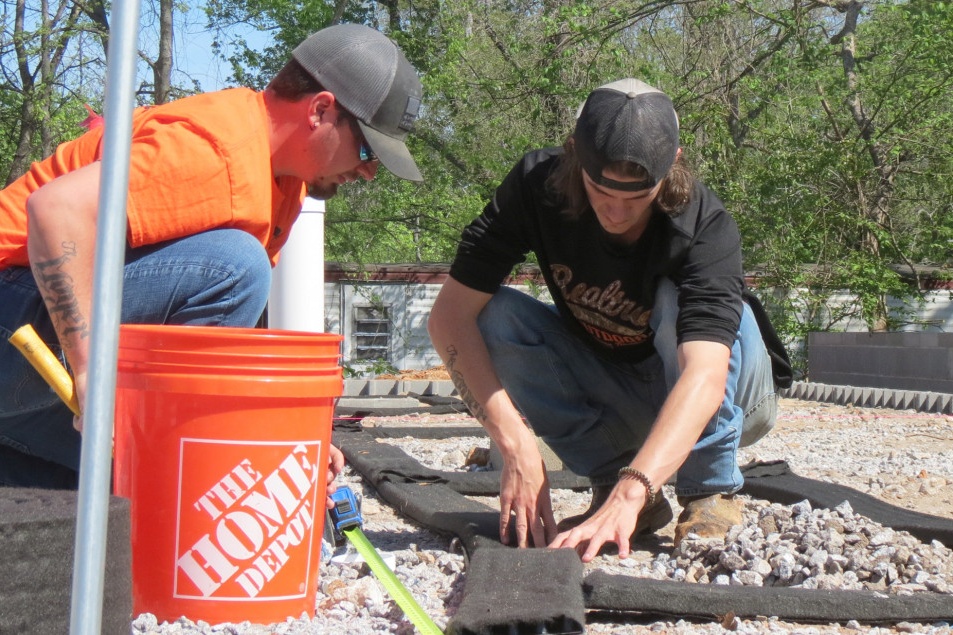
.png)
